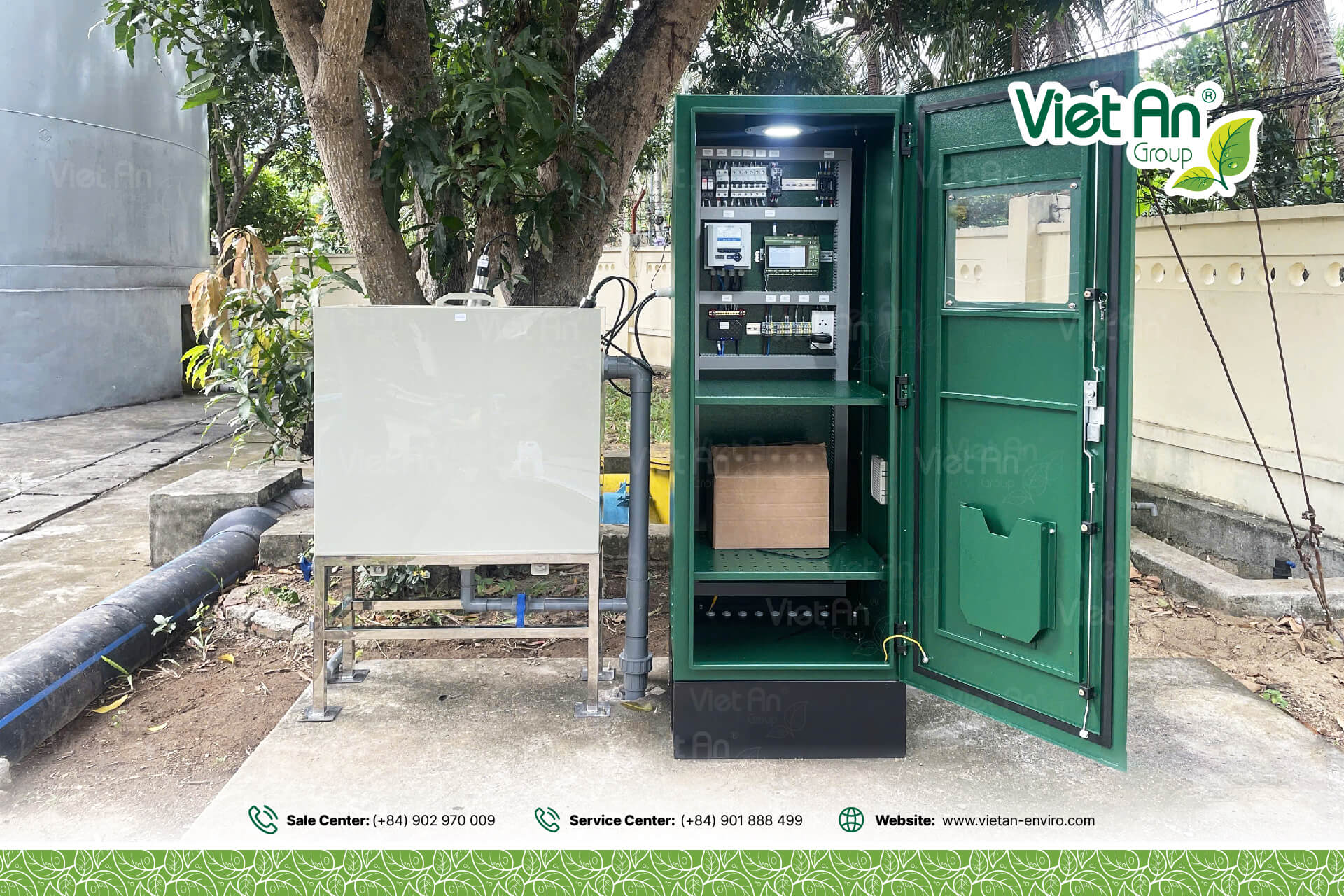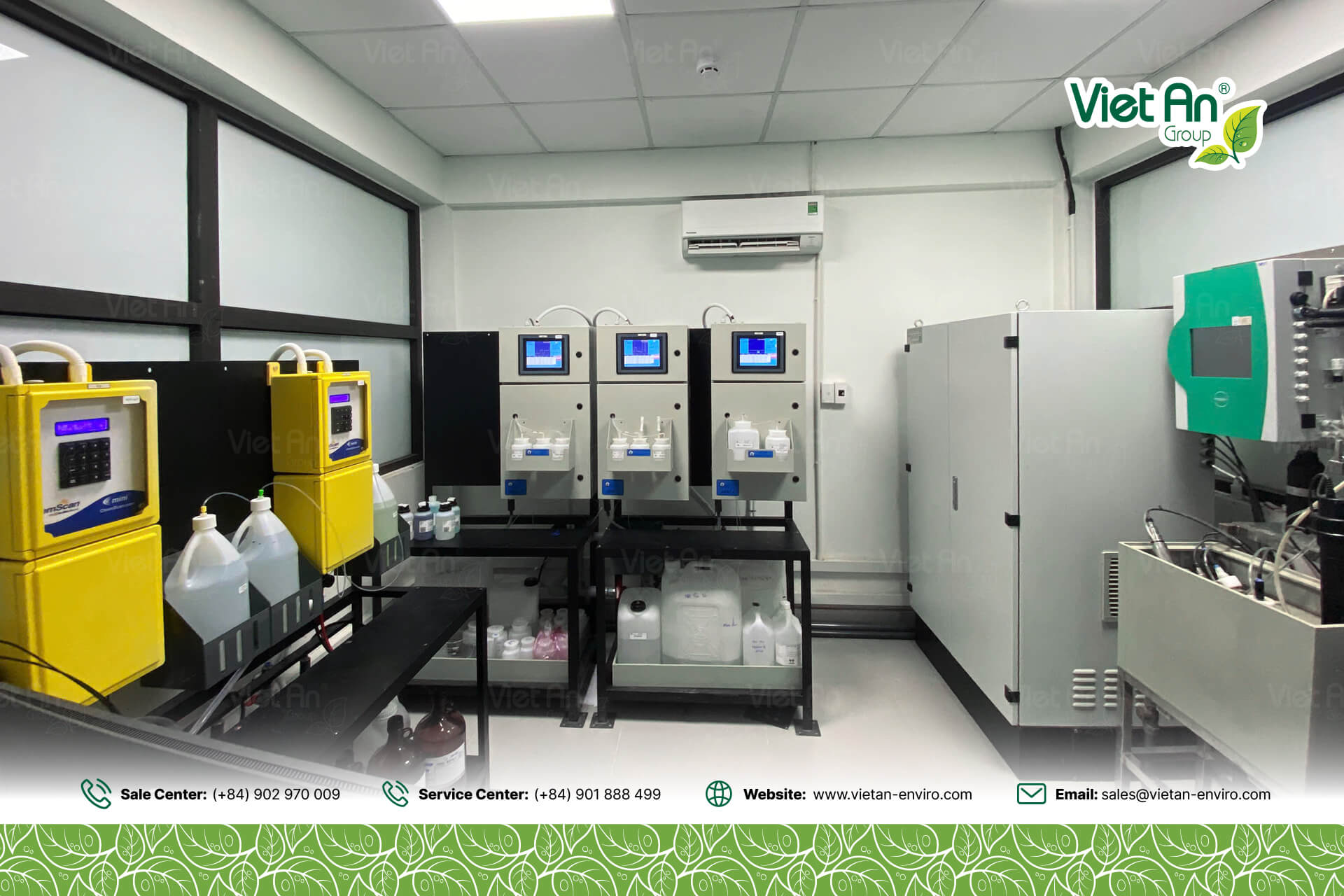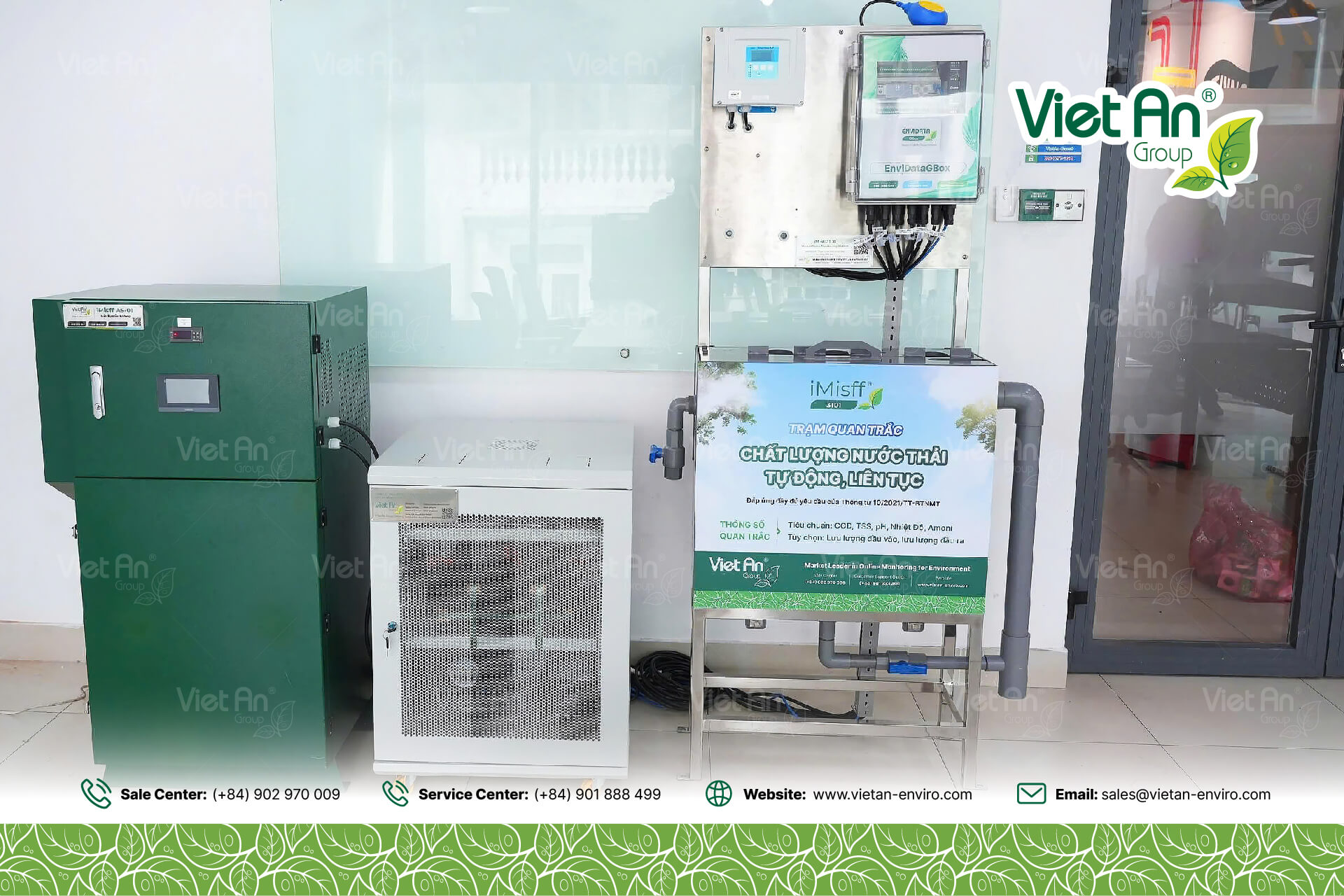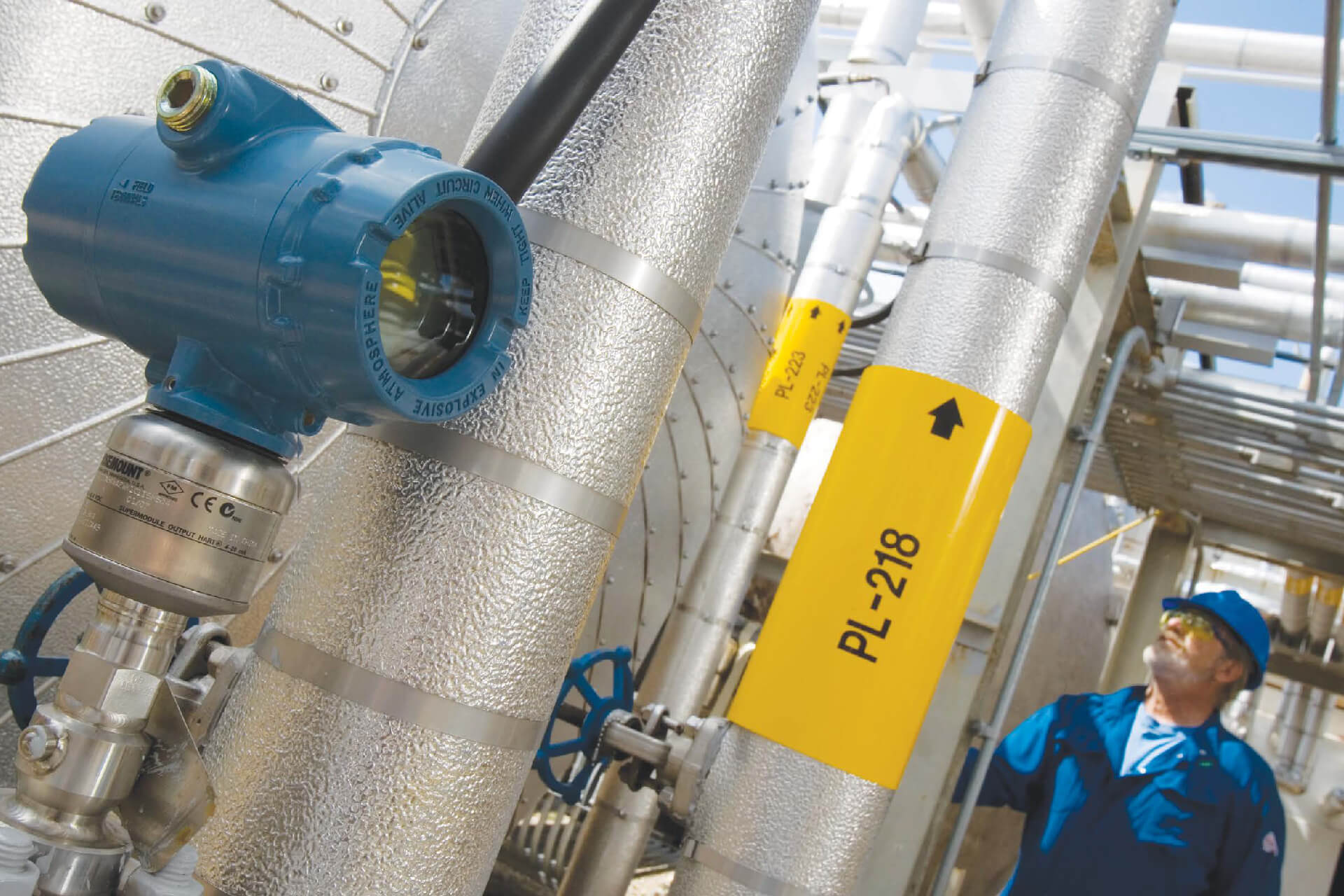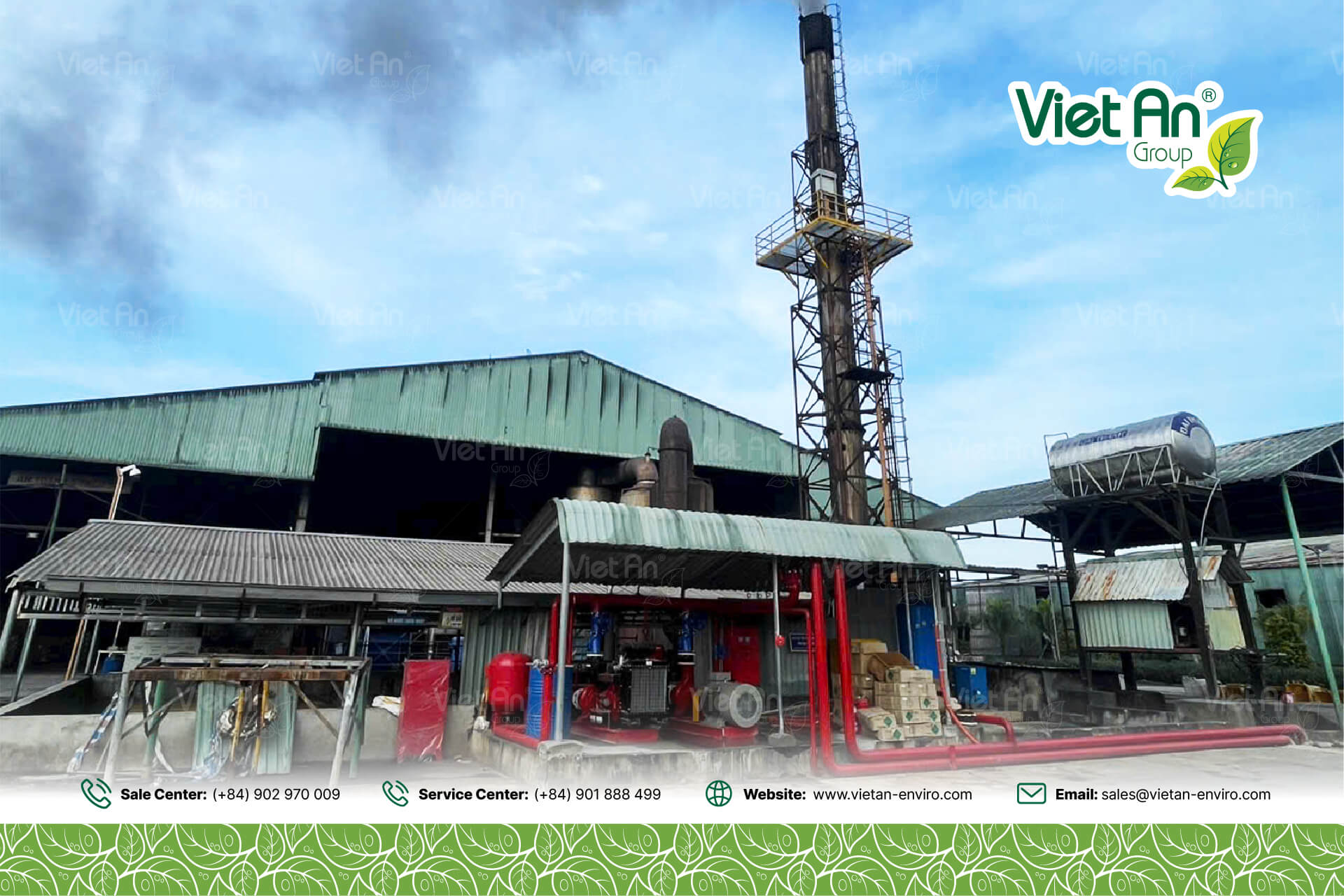Viet An provides high quality Automatic Emission Monitoring System that meets the technical requirements of Circular 10/2021/TT-BTN.
This article Viet An will help us have a clearer view of the overview of the automatic, continuous emission monitoring system (CEMS)
1. What is an automatic, continuous exhaust gas monitoring station?
The automatic, continuous exhaust gas monitoring system (CEMS) is generally a system consisting of equipment to continuously measure and monitor fixed environmental parameters including: Flow, temperature, pressure, O2, Dust total, SO2, NOx and CO... and transmit online monitoring data to the management center (Department of Natural Resources and Environment), serving state management of environmental protection.
Hệ thống này phải đáp ứng các quy định về điều 36, 37, 38 và 39 trong Circular No. 10/2021/TT-BTNMT được ban hành tháng 6 năm 2021 (thay thế cho thông tư 24/2017-TNMT).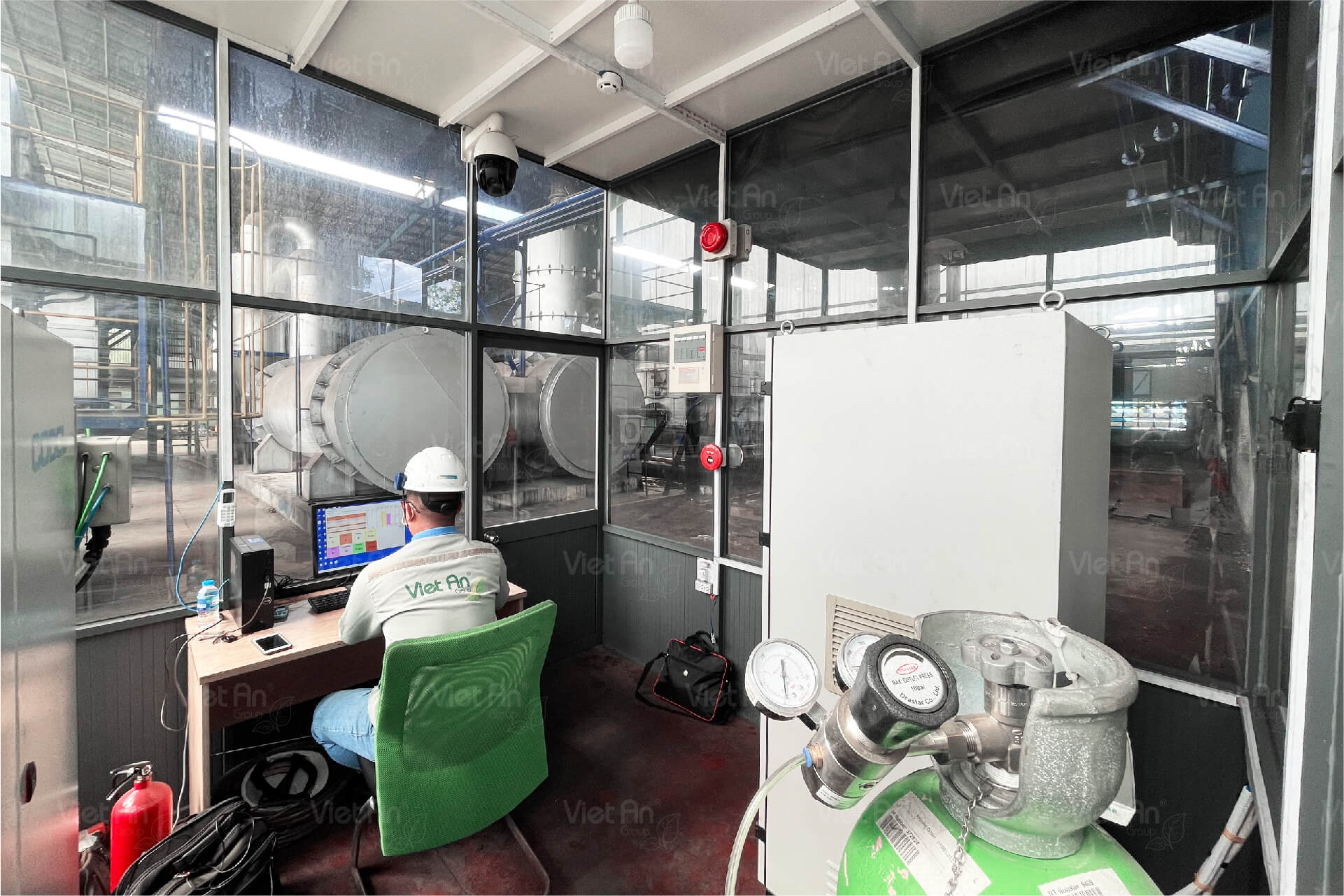
2. Subjects must perform automatic and continuous emission monitoring
Subjects that must perform automatic and continuous emission monitoring are specified in Clause 2, Section 23 of Decree 40/2019/ND-CP including:- Projects and facilities on the list of high-volume emissions sources specified in Appendix I, Section III, Appendix issued with Decree 40/2019/ND-CP.S
- Hazardous waste incinerators; waste incinerators of provincial-level centralized solid waste treatment facilities; S
- Emissions from facilities using imported scrap as production materials are subject to environmental impact assessment reports;
- Facilities are administratively sanctioned for the act of discharging emissions in excess of environmental technical regulations that are repeated or violated multiple times; Mở trong Google Dịch • Phản hồi
- Other subjects are decided by the Provincial People's Committee.
3. Emission parameters that need to be monitored according to Decree No. 40/2019/ND-CP
In Clause 3, Section 23 of Decree No. 40/2019/ND-CP regulates fixed environmental parameters including:- Flow, temperature, pressure, residual O2, total dust, SO2, NOx and CO (except in cases where environmental technical regulations for some specific fields do not require control).
- Industry-specific environmental parameters are stated in the report and the decision to approve the environmental impact assessment report or environmental protection plan is confirmed.
4. Overview of comprehensive automatic and continuous emission monitoring station from Viet An
With outstanding advantages such as:- Compact. Affordability
- Operate with high reliability, little maintenance,
- Meet monitoring requirements from environmental agencies
- Providing timely results quickly, helping the factory come up with timely solutions
- The system is designed to be flexible, responding to customers' actual requirements
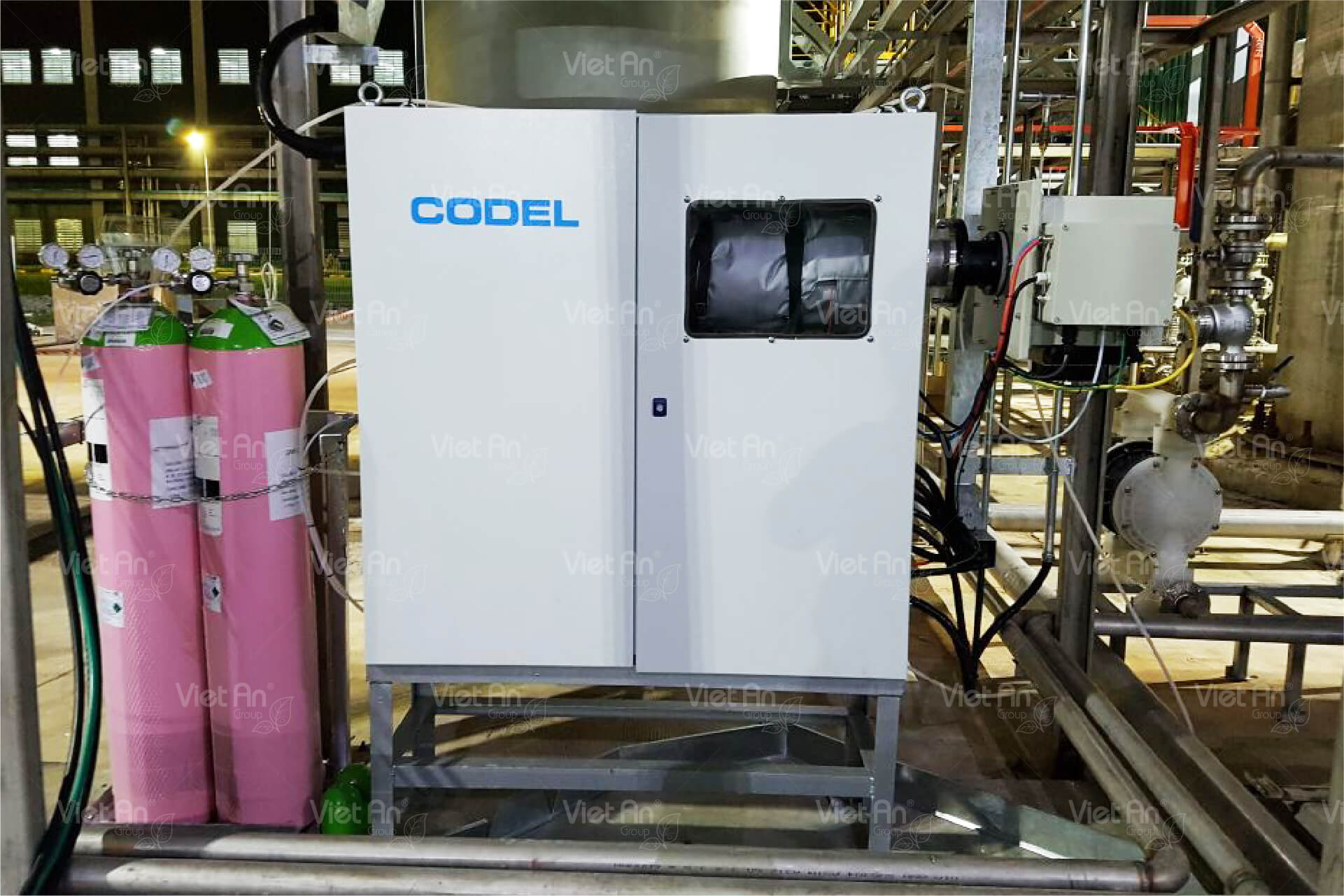
4.1 – GCEM40/GCEM40E gas analyzer – Codel UK company
- Measure multiple indicators CO, CO2, SO2, NO, NO2, NOx, HCl, O2, H2O...s
- HOT-WET technology expert in harsh environments.
- Suitable for all types of exhaust gases
- Optimal design, integrated control of sample extraction system and sample pipes.
- Direct analysis of samples from the chimney, no gas treatment required.
- Multiple parameters on 1 analyzer
- 4.2 – DCEM2100 dust measuring device – Codel UK company
VCEM5100 flow measuring device
- 2-way measurement, helps ensure accurate and stable operation.
- Low maintenance costs due to the non-contact measuring principle
- Easy installation and operationKeyphrase density
- Sensor meets TUV and MCERT standards
- Integrated into CEMS system, returns mg/Nm3 measurement value
- Technical parameters meet requirements 10/TT-BTNMT
4.3 -Thiết bị đo lưu lượng VCEM5100 – Hãng Codel Anh Quốc
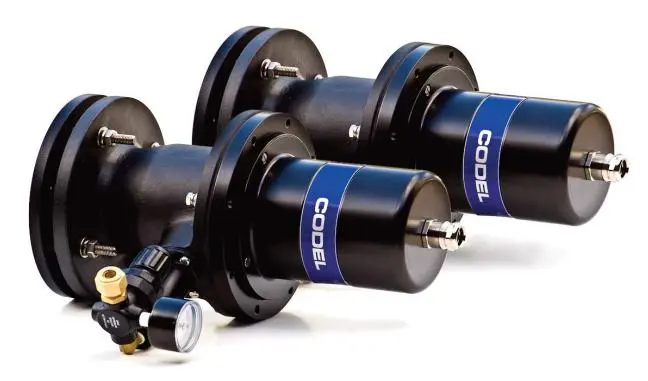
- Non-contact measurement allows the sensor to operate stably in harsh environments
- Maintenance costs are very low
- Operates in environments up to 1000°C
- Automatically calibrate and check operating status
- Sensor meets TUV and MCERT standards
- Integrate into CEMS system, return measurement values m/s, m3/s, m3/hour,...
- The technical parameters meet the requirements of Circular 10/TT-BTNMT
4.4 – Device for collecting, storing and transmitting Datalogger data
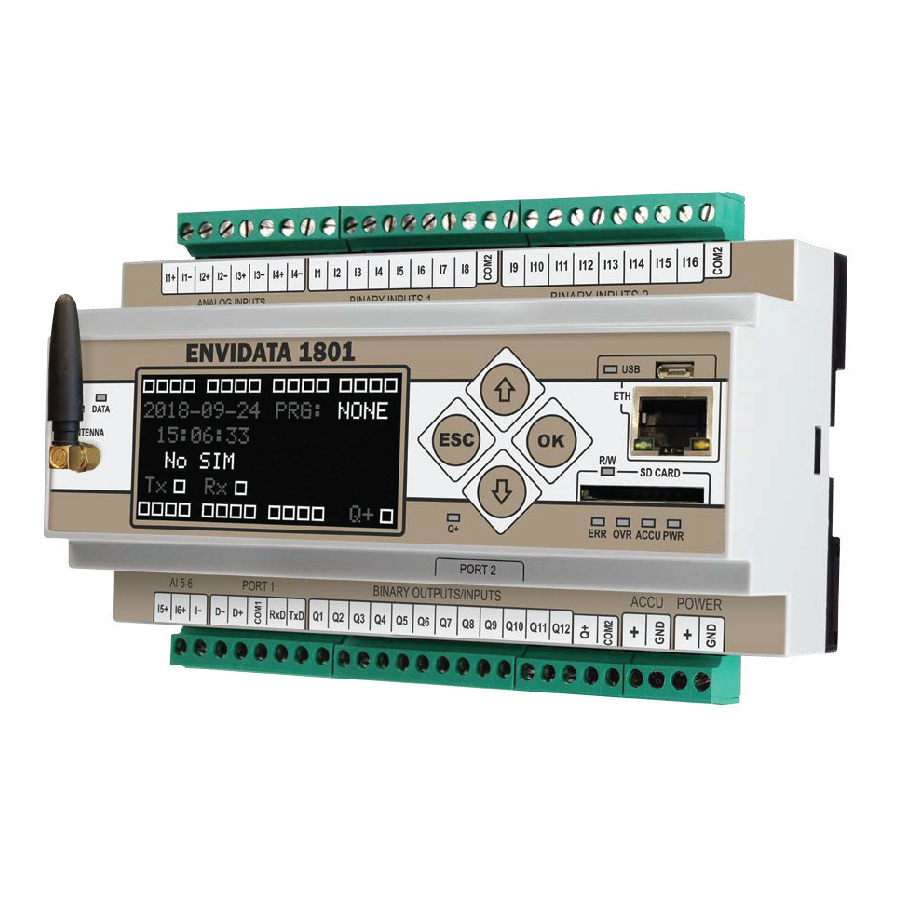
- Ability to connect to 6 analog inputs (4-20mA) of measuring devices.
- There are 16 general-purpose digital inputs (can be used for 250 Hz pulse counting).
- There is an Ethernet/Modbus TCP master/slave connection port
- Connect RS485/RS232 Modbus RTU master/slave to peripheral devices.
- Allows for future expansion of connectivity.
- Work with GSM frequencies 850/900/1800/1900 MHz.
- Has the function of transmitting and receiving data via GPRS, 2 SIM
- Function to send data via ftp (text / csv file as required by the Vietnamese government)
- Function to send SMS messages to 32 different phone numbers according to the required event.
- Has an HMI OLED graphic display screen (128×64 pixels)

